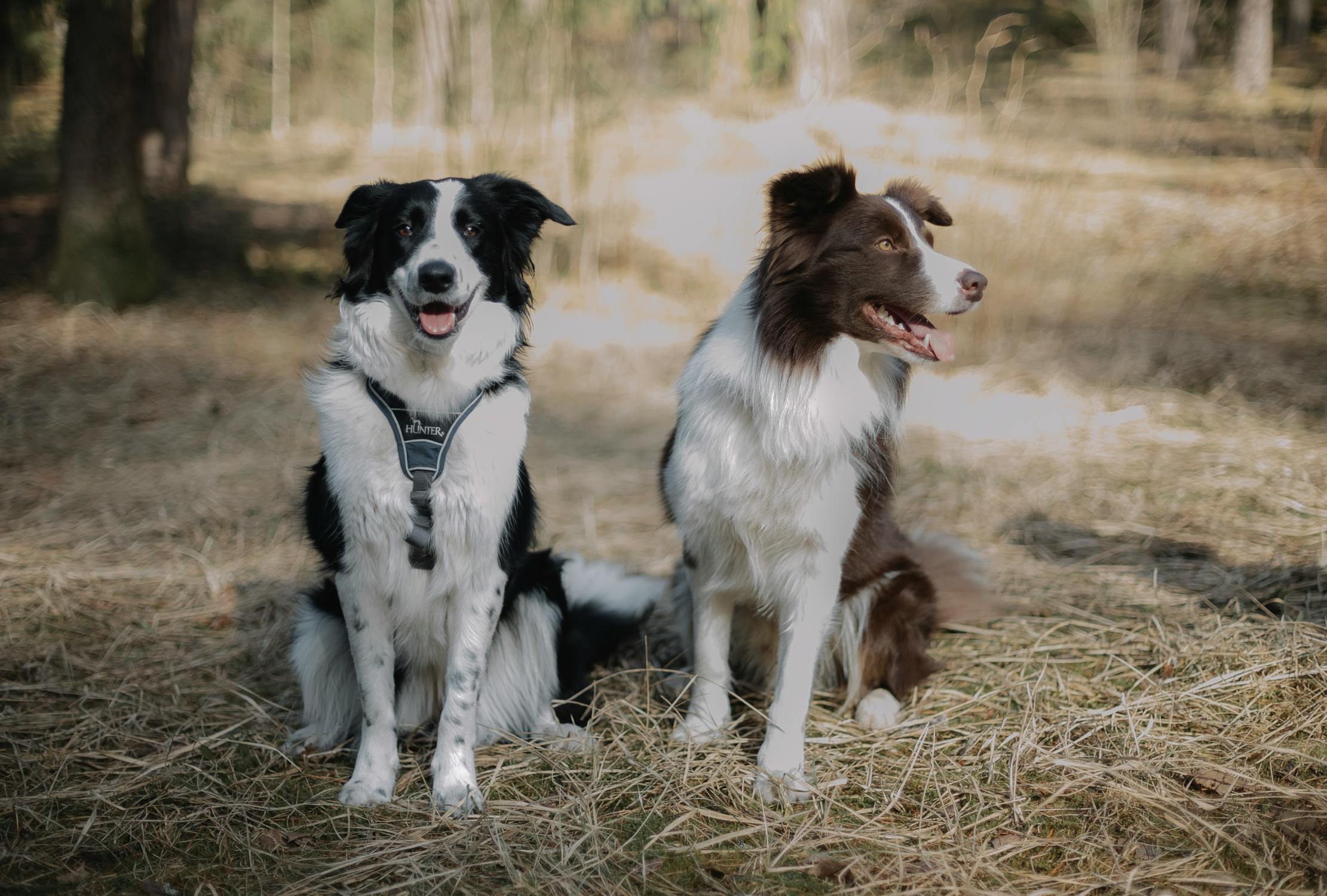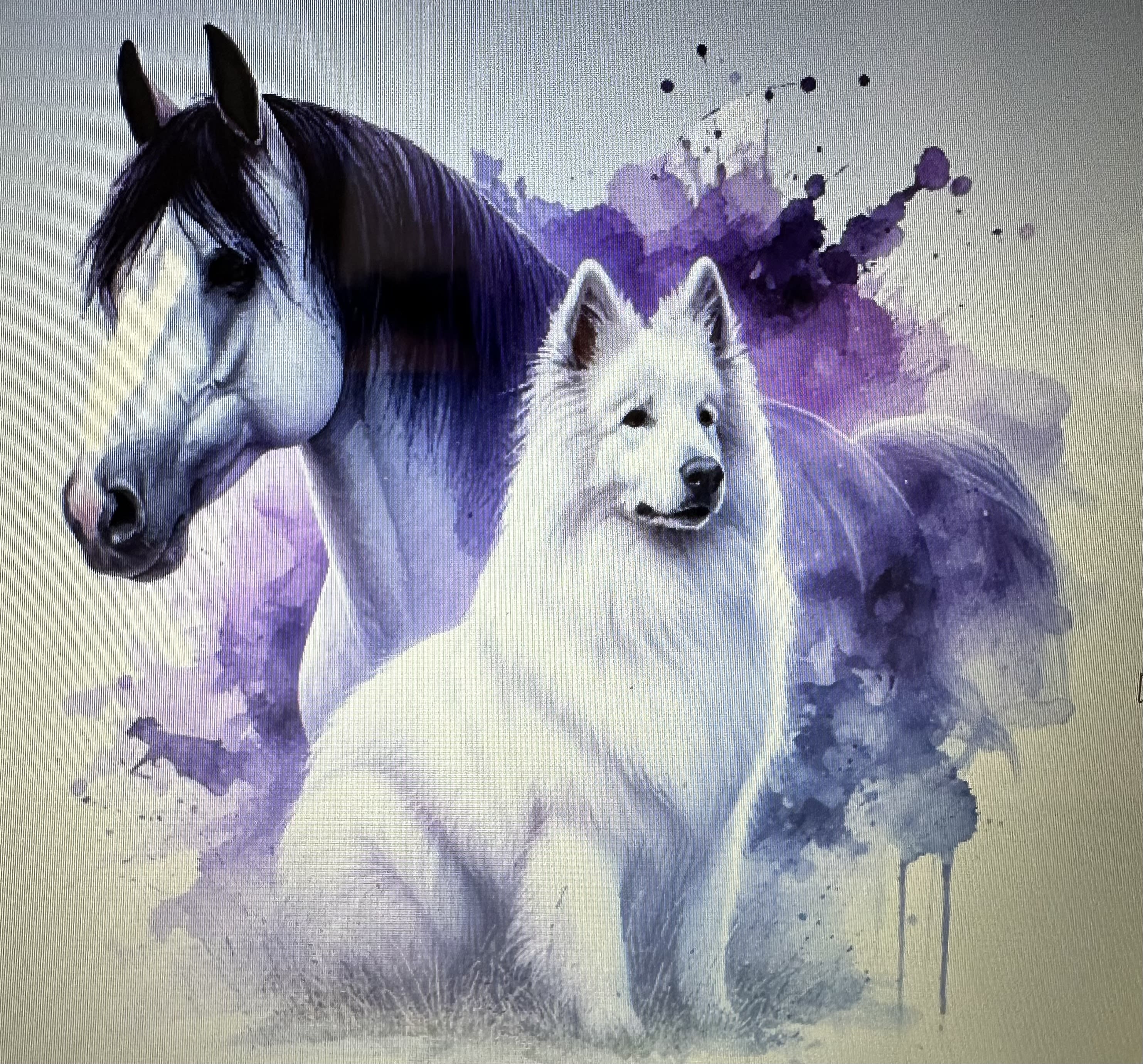Dog Training Program Types: Which One Suits Your Dog?

Posted on August 6th, 2024.
Welcome to the world of dog ownership! It's a journey filled with endless love, companionship, and of course, the occasional training challenge. Whether you have a new puppy or an older dog, training is an essential aspect of building a strong and enjoyable relationship with your furry friend.
From basic obedience to agility and behavioral training, there are various methods to help you and your dog navigate through life together. In this blog post, we will explore the different types of training and how they can benefit both you and your canine companion.
So let's dive in and discover the wonders of training for a happy and harmonious life with your dog.
Different Types of Dog Training Programs

At the heart of most dog training programs, you will find obedience training. Obedience training focuses on instilling basic commands such as sit, stay, come, and heel, which form the foundation of a well-behaved dog. This type of training is beneficial for every dog, whether they’re a playful puppy just starting out or an older dog that needs some reminders of good manners.
It can help build a dog’s confidence and create clear communication between you and your pet. With obedience training, the primary objective is to develop a respectful and responsive dog that can thrive in various situations, both at home and in public. Typically, this training occurs in a structured class environment or through one-on-one sessions, making it accessible no matter your schedule.
Another vital aspect of dog training programs includes agility training. Agility training is perfect if you desire more than just basic commands and want to engage your dog's physical and mental capabilities to their fullest. It involves navigating through obstacle courses, which increases the dog's agility, focus, and physical health.
This type of training is especially beneficial for active breeds like:
- Border Collies
- Australian Shepherds
- German Shepherds
It not only offers physical exercise but also sharpens their thinking and problem-solving skills. Often conducted in groups, agility classes are fantastic for socialization, allowing your dog to interact with other dogs in a controlled and positive manner. If you're an active owner who loves a challenge and wants a strong bond with your pet, agility training could be a perfect fit.
In some cases, behavioral issues might be at the forefront of your concerns. This is where behavioral training comes into play. Behavioral training addresses specific issues such as aggression, excessive barking, jumping on people, or anxiety. This type of training is intensive and typically customized to the unique behavioral needs of your dog.
It can be life-changing, not just for your dog, but for your household as well. Expert trainers work closely with you to uncover the root causes of these behaviors and implement techniques to correct them.
Behavioral training often overlaps with other dog training programs, incorporating elements of obedience and socialization to ensure a holistic approach. Consider this training if your dog exhibits challenging behaviors that impact daily life; it often requires a bit more patience but results in a more harmonious coexistence.
Popular Dog Training Methods and Their Benefits
The types of training mentioned so far are complemented by different popular dog training methods, each offering unique benefits and addressing various aspects of dog behavior and learning:
- One of the most widely recommended methods is positive reinforcement. Positive reinforcement relies on rewarding a dog for performing a desired behavior, thus encouraging them to repeat the action. Rewards can take many forms, including treats, toys, verbal praise, or physical affection.
- This approach not only makes learning fun for the dog but also strengthens the bond between you and your furry friend. One of the main advantages of positive reinforcement is its focus on what the dog is doing right, as opposed to punishing mistakes. However, a potential downside is that the dog might become overly reliant on treats if not gradually phased out.
- Another popular method is the reward training method, similar to positive reinforcement but with a slightly different approach. Reward training focuses on using a consistent and timely reward system to reinforce good behavior. This can involve clicker training, where a distinct sound marks the moment a behavior is correctly performed, followed by a reward.
- The distinct click sound bridges the time gap between the behavior and the reward, making it clear to the dog what action is being rewarded. Like positive reinforcement, reward training can effectively shape desirable behaviors and facilitate quick learning. However, it's essential to be consistent with the timing of the reward to avoid confusion.
- Lastly, there are mixed training methods, which incorporate elements from various training techniques to suit an individual dog's needs and responses. Mixed methods can blend positive reinforcement with corrective feedback, providing a balanced approach to training.
These methods acknowledge that every dog is unique and may respond differently to training cues. Mixed training can be advantageous for addressing both desired behaviors and problematic ones. However, it's important to ensure that corrections are fair, humane, and not harsh, as overly negative feedback can undermine trust and cause anxiety.
The Role of Socialization and Bonding in the Training Process
The role of dog socialization and bonding with dog plays a pivotal role throughout the dog training process. Socialization is the process of exposing your dog to various environments, people, animals, and experiences to help them become well-adjusted and confident.
Proper socialization can significantly impact the dog training progression, as a well-socialized dog is more likely to remain calm and focused during training sessions. When dogs are comfortable around different stimuli, they are less likely to develop fear-based behaviors that can hinder learning. To effectively socialize your dog, start by gradually introducing them to new situations in a controlled manner.
Take them for walks in different neighborhoods, invite friends over, or visit pet-friendly stores. The key is to make these experiences positive by offering treats, praise, and affection, thereby creating positive associations. Additionally, enrolling your dog in group training classes or playdates can enhance their social skills while simultaneously reinforcing obedience commands.
Building a strong bond with your dog is equally critical in the dog training process. When you establish a deep connection with your dog, it forms the foundation for effective communication and mutual trust, which are fundamental for successful training. Dogs are naturally inclined to please their owners, and a strong bond ensures that your dog is motivated to follow your guidance.
Spend quality time engaging in activities that your dog enjoys, such as playing fetch, going for hikes, or simply cuddling on the couch. Consistent positive interactions will strengthen your bond and make your dog more responsive to your training cues. During training sessions, use rewards that your dog finds most motivating, whether it's their favorite treats, a beloved toy, or enthusiastic praise.
This not only makes learning enjoyable but also reinforces the bond you share. Remember, patience and understanding are key; training should be a collaborative effort, not a one-sided command and response dynamic.
Effective dog socialization coupled with a strong bond ensures a smooth dog training progression. As your dog becomes more socially adept and bonded with you, you'll notice significant improvements in their behavior and responsiveness. Consistent exposure to different environments reduces the likelihood of phobias and anxiety, making your dog more adaptable and easier to train. Regular socialization activities also provide mental stimulation, preventing boredom-induced behaviors like chewing or excessive barking.
Meanwhile, a sturdy bond fosters trust, ensuring your dog feels secure and confident in following your commands. To enhance socialization efforts, consider using positive reinforcement to reward calm and composed behavior in new situations. While out on walks, allow your dog to sniff and explore, as this can help them feel more comfortable and engaged. Engaging in interactive play, such as agility exercises or scent work, can also deepen your bond and provide an outlet for your dog's energy.
By prioritizing dog socialization and bonding with your dog during the training process, you not only foster a well-behaved and obedient pet but also create a lasting, loving relationship built on trust and mutual respect.
Related: https://bellaneveshepherds.us/blog/what-are-the-advantages-of-using-dog-daycare-services
Final Words
The journey of training your dog is as diverse and unique as your four-legged companion itself. Understanding the various training program types, from obedience to agility, behavioral to mixed methods, and the roles of socialization and bonding, allows you to tailor the training approach that best suits your dog’s needs and personality.
Each type of training provides distinct benefits, whether improving basic manners, enhancing physical and mental agility, addressing behavioral challenges, or strengthening your relationship with your dog.
At Bella Neve Shepherds, we believe in a holistic approach to training that takes all these elements into account, ensuring that your dog not only learns but thrives. Our training programs are designed to help your furry friend become a well-behaved and obedient companion. Through positive reinforcement and effective training techniques, we can help your dog learn important commands and behaviors.
Email us at [email protected]. By investing in professional training, you’re not only ensuring a happier, healthier life for your dog but also fostering a relationship built on trust, respect, and mutual joy. Let us be part of your journey towards raising a well-mannered and enthusiastic dog.
Contact Me
Need Help?
Let me hear from you. I'm here to help you in any way I can!
